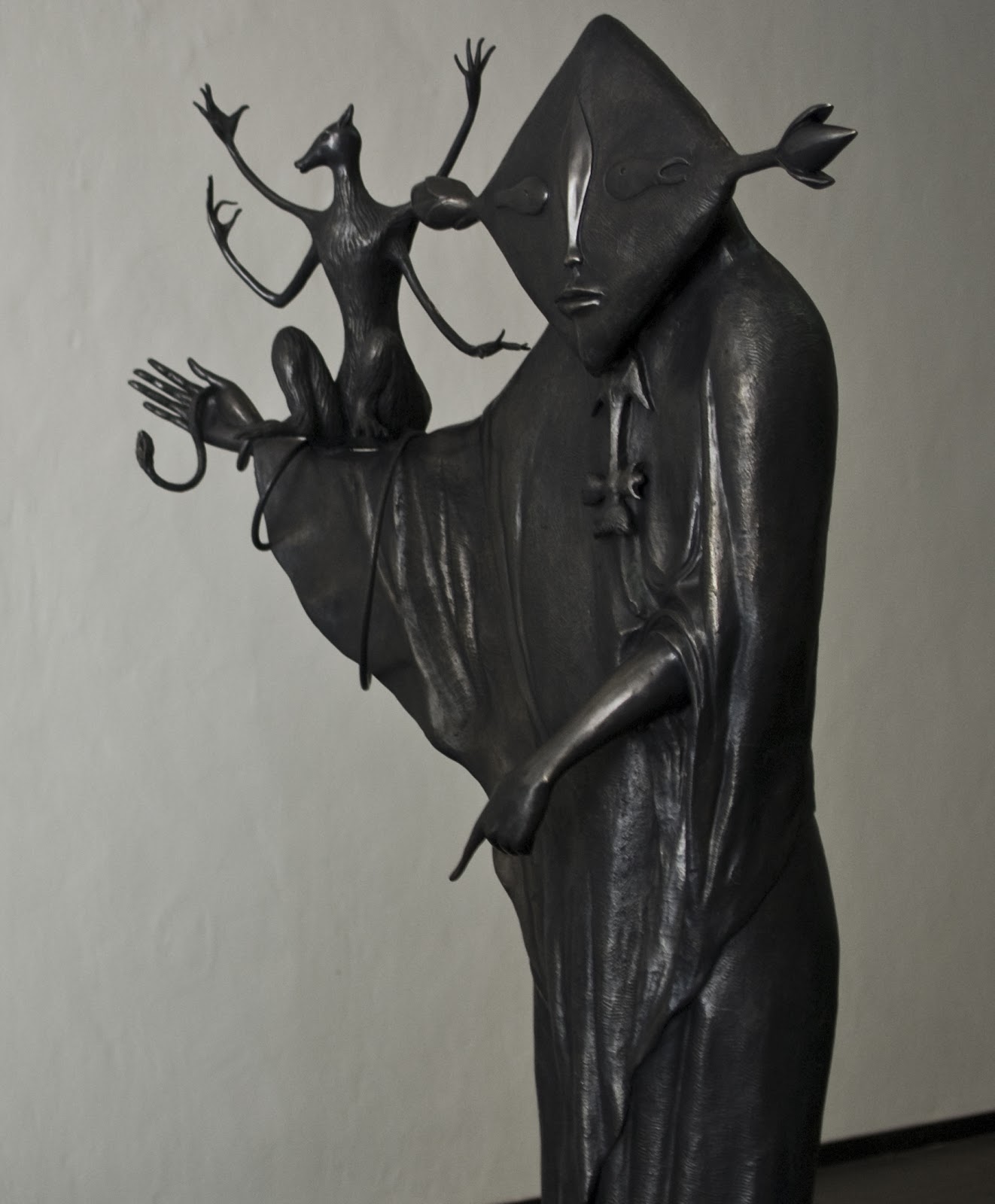Ancient Rome, the state centred on the city of Rome. This article discusses the period from the founding of the city and the regal period, which began in 753 bc, through the events leading to the founding of the republic in 509 bc, the establishment of the empire in 27 bc, and the final eclipse of the Empire of the West in the 5th century ad. For later events of the Empire of the East, see Byzantine Empire.
Home » Tutti i post

Ancient Rome / La Civiltà romana

William Wetmore Story | Medea, 1865
In the ancient Greek tragedy by Euripides, Medea was the sorceress who assisted Jason in obtaining the Golden Fleece and later became his wife.
When he abandoned her, Medea murdered their two children and planned the death of his new love, Creusa.
To nineteenth-century theater audiences, Medea was a sympathetic character forced to choose between relinquishing her children and protecting them by destroying them herself. Story similarly deemphasized Medea’s revenge, leaving to the viewer’s imagination the scene of infanticide to come. | © The Metropolitan Museum of Art

William Wetmore Story | Cleopatra, 1858
Neoclassical sculptors often drew upon mythology, ancient history, the Bible, and classical and contemporary literature for their subject matter. The full-size marbles of Massachusetts native William Wetmore Story exemplify this trend, and Cleopatra, his most famous work, was one of dozens of subjects such as Medea, Delilah, Electra, and Saul that were produced in his Rome studio.

Mark Yale Harris | Abstract Figurative sculptor
Mark Yale Harris realized his true passion in the Southwest. Stone carving became his life’s work, as Santa Fe became his home in the late 1990s. He dedicated himself to creating in 1996, and with much to learn, the artist chose a mentor whom he had long admired to assist with honing his burgeoning artistic skills, sculptor Bill Prokopiof (Aleut, 1944-1999). In the spirit of the nation’s most recognized Native American artist, Allan Houser (Chiricahua Apache, 1915-1994), Prokopiof and sculptor Doug Hyde (Nez Perce) took Harris under their wings and generously shared their immense knowledge, talent, and vision. Inspired by the geographical region and grounded in the wisdom of his teachers, he began feverishly creating sculpture.

Leonora Carrington | Surrealist painter and sculptor | Sculpture
Leonora Carrington (1917-2011) was a painter, writer, sculptor, alchemist, visionary, and was the darling of the 1930s Surrealism movement.
She never tried to be a Surrealist, but her paintings of fantastical creatures and living furniture happened to encapsulate the essence of the movement.

Victor Brauner | Surrealist painter
Victor Brauner (1903-1966) was a Romanian Jewish sculptor and painter of surrealistic images.
Brauner was born in Piatra Neamț, Romania, the son of a timber manufacturer who subsequently settled in Vienna with his family for a few years.
It is there that young Victor attended elementary school.
When his family returned to Romania in 1914, he continued his studies at the Evangelical school in Brăila.
His interests revolved around zoology during that period.

Petr Dick /Пётр Дик | Figurative pastel painter
The famous artist Petr Gergardovich Dick /Пётр Гергардович Дик (1939-2002) descendant of immigrants from Northern Germany, was born in Altai. Dick graduated Sverdlov Art School named after I.D. Shadr and Moscow Higher Art Industrial School. Since 1960’s he lived in Vladimir. Peter Dick worked in original style - pastel and charcoal on sandpaper. Characteristic features of his creative activity are strong and delicate color combinations, expressive antiquity of laying figures.

Roberto Weigand, 1968
Roberto Weigand is an award-winning illustrator of children's books and magazine cover designer in Brazil.
Roberto Weigand studied Architecture in São Paulo’s University and in 1991 he started working as an Illustrator for newspapers, magazines and children’s books.
From 1999 he worked as Illustrator and Infographist for Veja magazine, from 2001 he became responsible for Istoé magazine covers and from 2002 he started to write for Publish magazine.
Iscriviti a:
Post (Atom)



